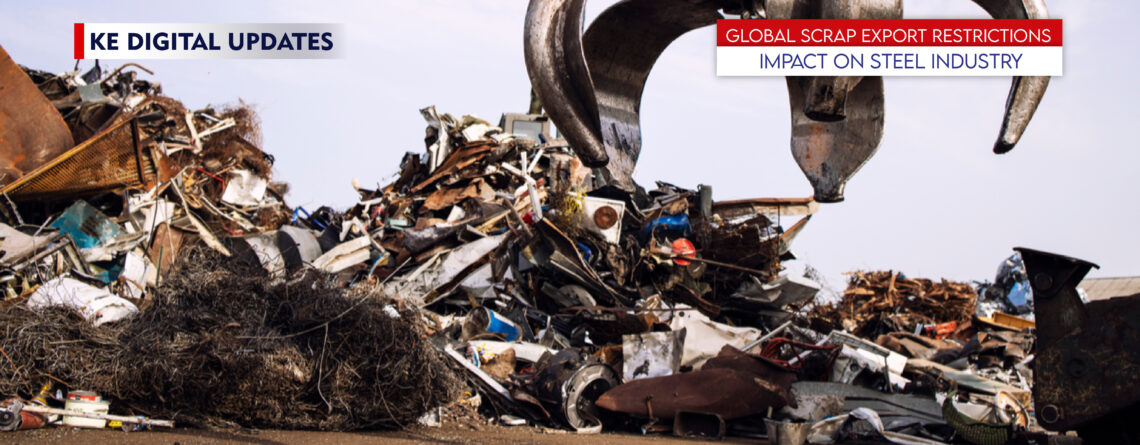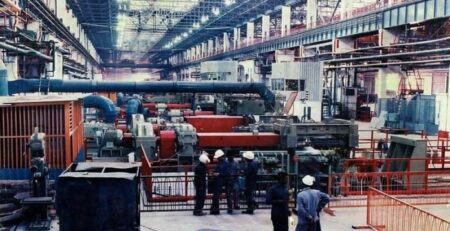As of March 2025, scrap export restrictions have become a widespread policy tool, with 48 countries implementing 75 such measures globally. These restrictions reflect the growing importance of scrap metal in addressing the challenges of decarbonizing the steel industry. Scrap metal, a key raw material in steel production, plays a vital role in reducing the carbon footprint of steel production due to its recyclability and lower energy requirements than virgin materials.
The Scope of Restrictions
Among the 48 countries that have restricted scrap exports, 38% have opted for partial or complete bans. In addition to outright bans, 27% of these restrictions involve export duties, while licensing procedures account for another 27%. Duties and licensing procedures are considered more flexible alternatives, allowing countries to regulate exports while ensuring some trade continuity. However, the imposition of bans underscores the seriousness of countries’ efforts to prioritize domestic needs.
Regional Approaches to Scrap Export Restrictions
Different countries have tailored their policies based on regional and economic considerations. For example, Burundi has prohibited scrap exports outside the East African Community, while applying export duties to remaining supplies. Similarly, Kazakhstan has banned scrap exports outside the Eurasian Economic Community, with export duties levied on other scrap shipments. These targeted approaches reflect balancing domestic priorities with regional trade agreements.
In the European Union, scrap export restrictions have also evolved significantly. Changes to the Waste Shipment Regulation adopted in March 2024 limited the export of non-hazardous waste, including scrap metal, to non-OECD countries. Building on this, the EU Steel and Metal Action Plan, approved in March 2025, outlined further restrictions to be considered by the European Commission, demonstrating the EU’s commitment to supporting its domestic steel industry.
Drivers Behind Scrap Export Restrictions
Several factors motivate countries to impose these restrictions. The primary goal is to secure sufficient scrap supplies for domestic steel production, particularly as the industry transitions toward greener and more sustainable practices. Affordable scrap prices are crucial for maintaining the competitiveness of “green” steel production, which relies heavily on recycled materials.
Additionally, some countries use scrap export restrictions as a mirror measure to level the playing field with others already implementing similar trade barriers. This approach fosters fair competition in the global steel industry and protects domestic industries from external pressures.
Long-Term Implications
Scrap export restrictions are often long-lasting, with countries extending their validity or replacing them with alternative policies. For instance, the United Arab Emirates transitioned from an export ban to duties in January 2024, reflecting a strategic shift in managing scrap exports. These evolving policies highlight the dynamic nature of trade regulations in response to changing economic and environmental priorities.
Conclusion
The rise in scrap export restrictions underscores their significance as a policy tool in the global effort to decarbonize the steel industry. By securing domestic scrap supplies and maintaining affordable prices, these measures support the development of sustainable steel production practices. While they create challenges for international trade, they also open opportunities for countries to innovate and adapt to the growing demand for green steel solutions.
The impact of scrap export restrictions will continue to shape the steel industry’s future and global trade, as nations strive to balance economic, environmental, and industrial goals.








Leave a Reply